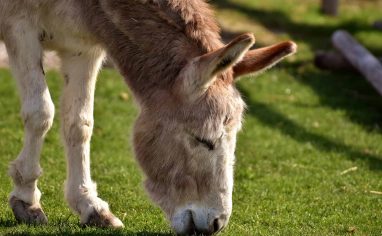
A French translation of "Daily Diet, Treats, & Supplements For Donkeys"

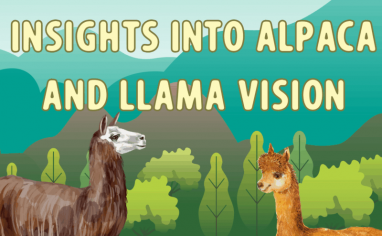
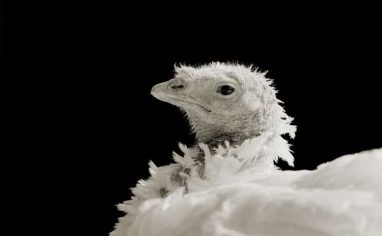

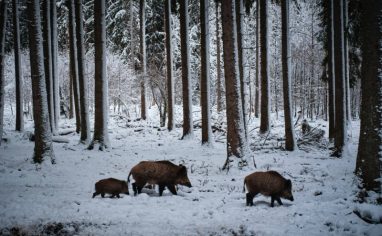

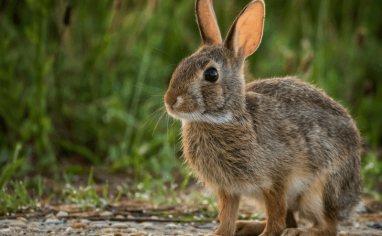
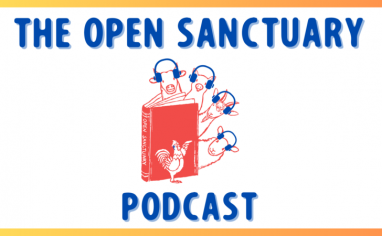
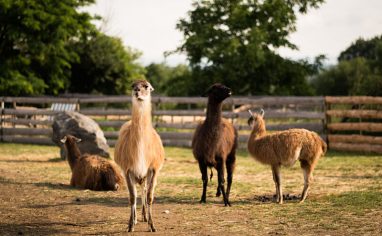
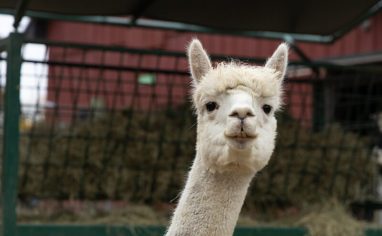
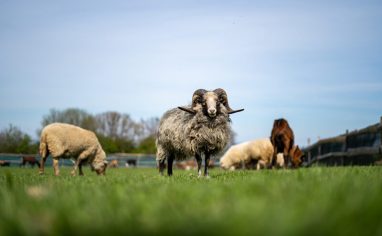

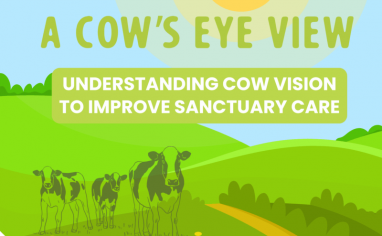
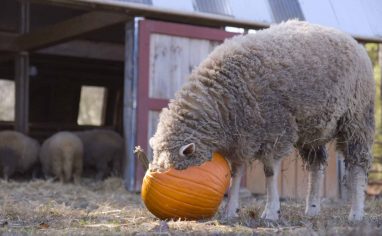
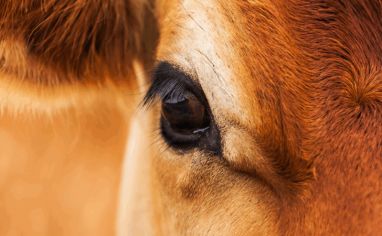

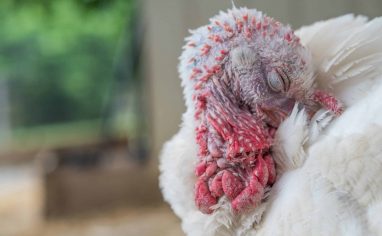
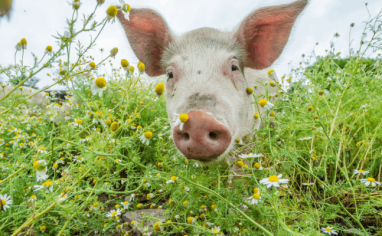
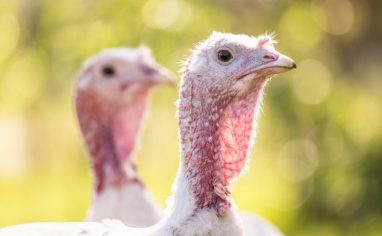
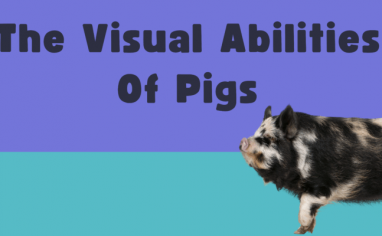

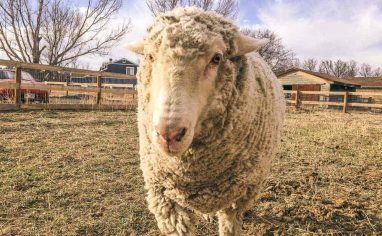
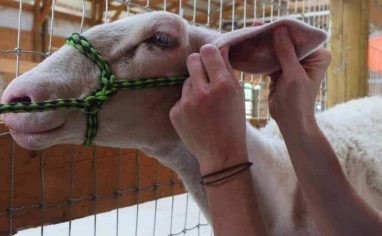

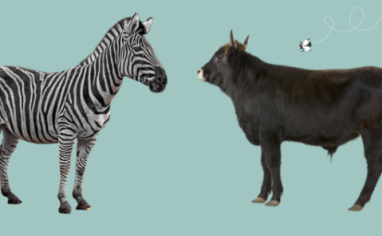



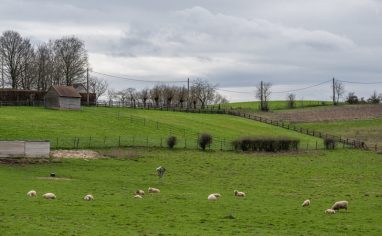
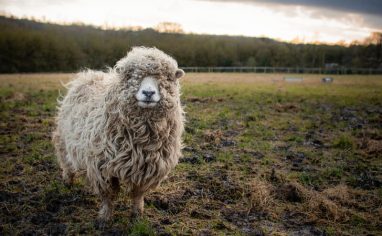
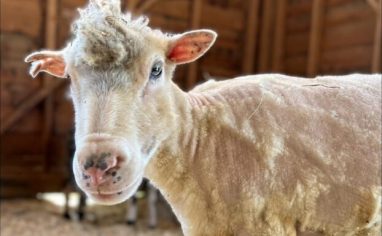
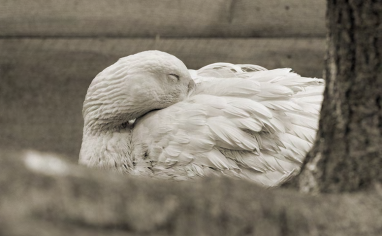


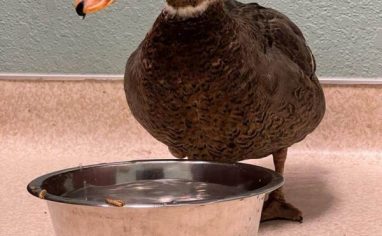
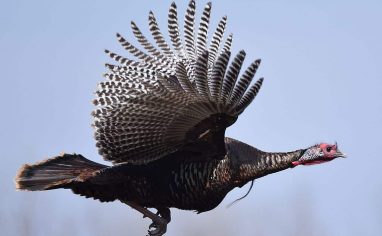
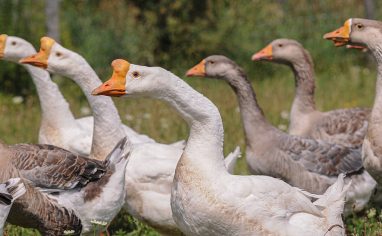
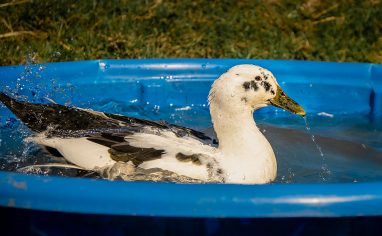
![Yoda, at Farm Sanctuary. Acton, California, USA, 2014. Jo-Anne McArthur / We Animals Farm Sanctuary was co-founded by Gene Baur and Lorri Houston in 1986 when they rescued Hilda, their first sheep. It was the first sanctuary of its kind, focusing wholly on rescuing and advocating for animals farmed for food.
As of 2021, Farm Sanctuarys website states that its mission is [To] pursue bold solutions to end animal agriculture and foster just and compassionate vegan living. Today, they have sanctuaries in New York and California and at any given time are caring for almost 1,000 animals.
The sanctuaries attract thousands of visitors, interns, and volunteers each year. The New York shelter boasts 275 acres of rolling pastures, forests, an education centre, and accommodation for guests, and the Southern California shelter has 26 acres. Educational events about animals are held at each sanctuary throughout the year.](https://opensanctuary.org/wp-content/uploads/elementor/thumbs/WAM9176-scaled-r4vtacb1d06o3lyx06znhevyg5j2m630h0av1226rc.jpg)
![Yoda, at Farm Sanctuary. Acton, California, USA, 2014. Jo-Anne McArthur / We Animals Farm Sanctuary was co-founded by Gene Baur and Lorri Houston in 1986 when they rescued Hilda, their first sheep. It was the first sanctuary of its kind, focusing wholly on rescuing and advocating for animals farmed for food.
As of 2021, Farm Sanctuarys website states that its mission is [To] pursue bold solutions to end animal agriculture and foster just and compassionate vegan living. Today, they have sanctuaries in New York and California and at any given time are caring for almost 1,000 animals.
The sanctuaries attract thousands of visitors, interns, and volunteers each year. The New York shelter boasts 275 acres of rolling pastures, forests, an education centre, and accommodation for guests, and the Southern California shelter has 26 acres. Educational events about animals are held at each sanctuary throughout the year.](https://opensanctuary.org/wp-content/uploads/elementor/thumbs/WAM9178-scaled-r4uawy87g2nx4f6tsln1nur9bb9ekwdkctleqiay0o.jpg)
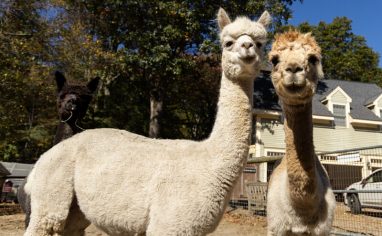
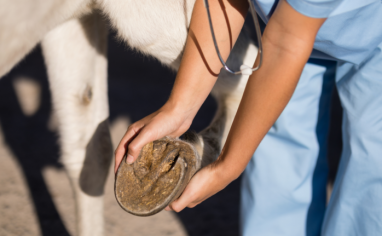
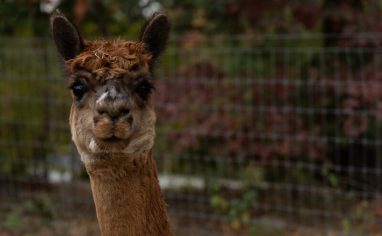




Join our mailing list to receive the latest resources from The Open Sanctuary Project!






© Copyright 2018-2025 The Open Sanctuary Project, Inc
EIN 83-2139828 | 7522 Monarch Road, Niwot CO 80503
© Copyright 2018-2022 The Open Sanctuary Project, Inc
EIN 83-2139828 | 7522 Monarch Road, Niwot CO 80503